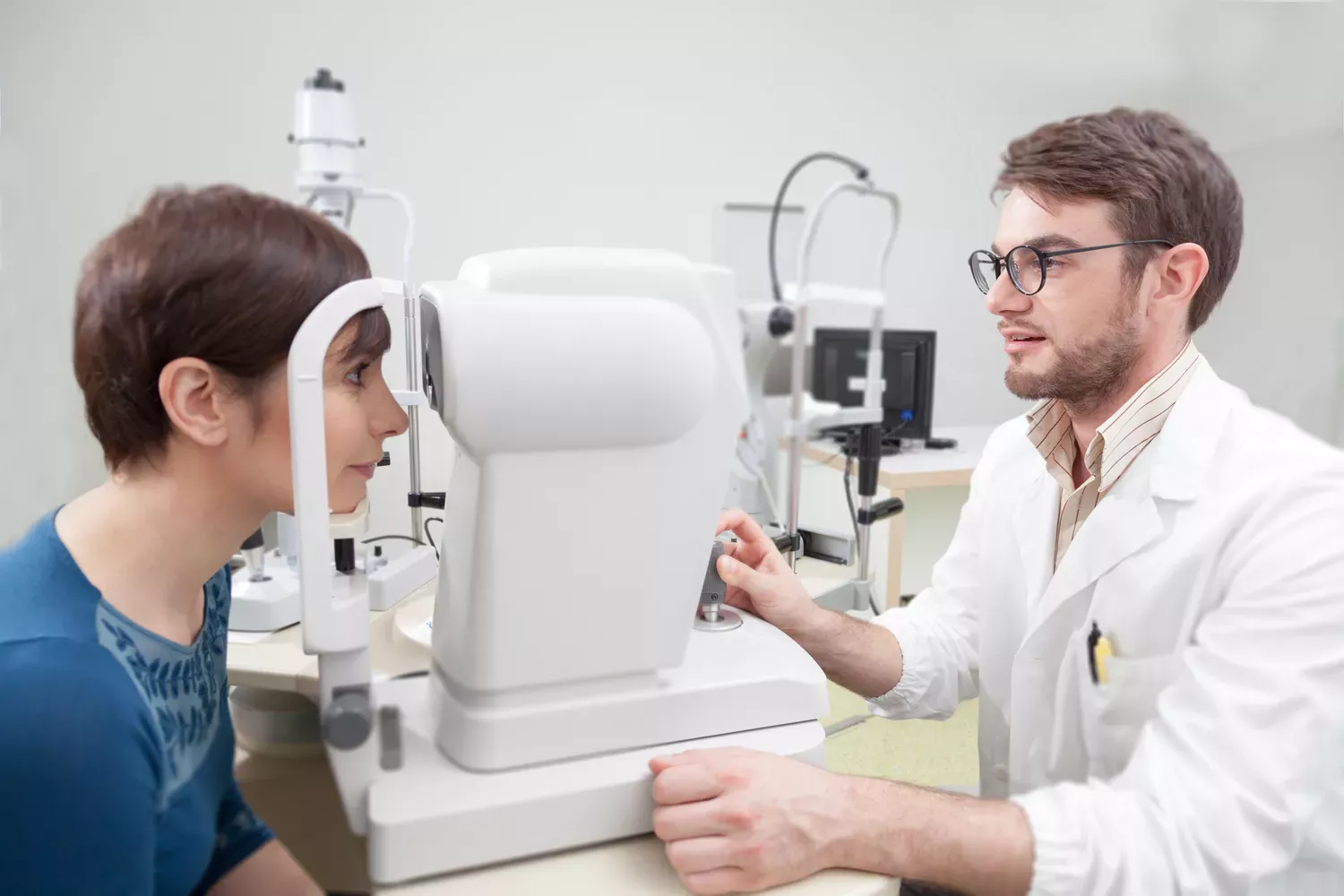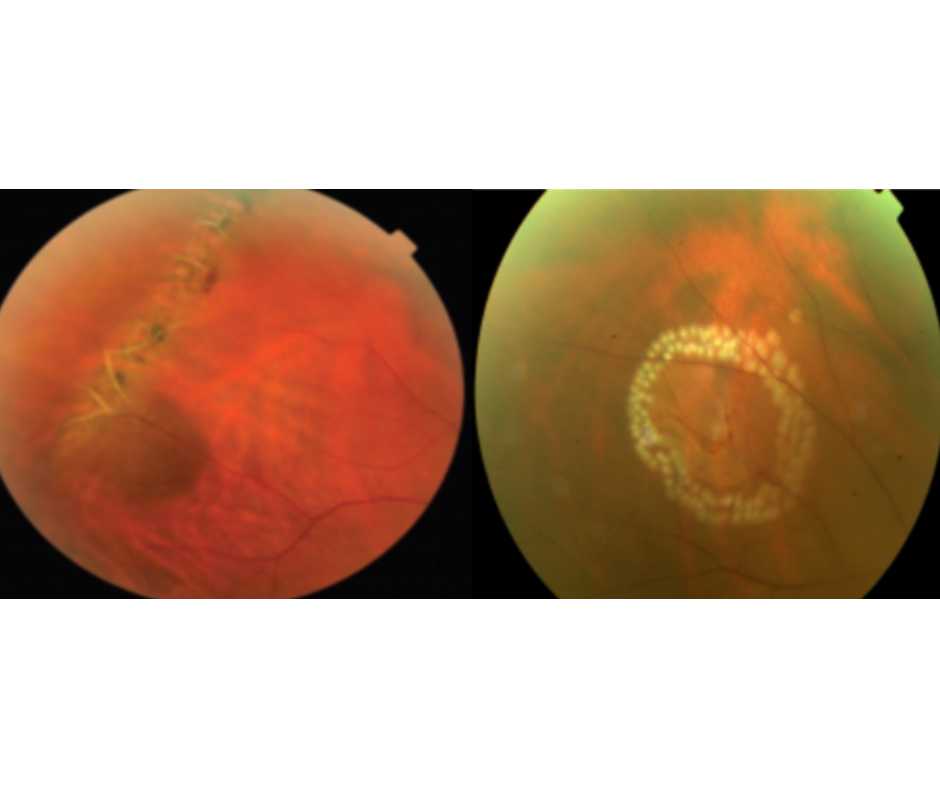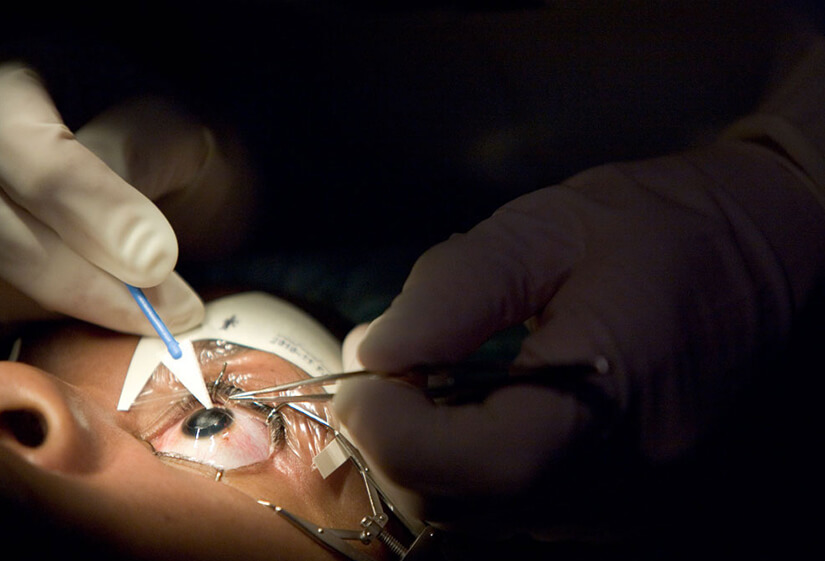Vision Therapy:
Vision is one of our most precious senses, enabling us to navigate the world around us with clarity and confidence. However, for many individuals, vision problems can hinder daily activities and impact overall well-being. In this article, we delve into the world of vision therapy, exploring its definition, benefits, and significance in addressing various issues.
Understanding Vision Problems:
Vision problems come in various forms, ranging from refractive errors like nearsightedness and farsightedness to more complex issues such as amblyopia and convergence insufficiency. These conditions can affect people of all ages and may manifest differently in each individual.
Addressing vision problems is crucial not only for clear eyesight but also for overall cognitive development, academic performance, and quality of life. Undiagnosed or untreated vision issues can lead to difficulties in learning, working, and performing daily tasks efficiently.
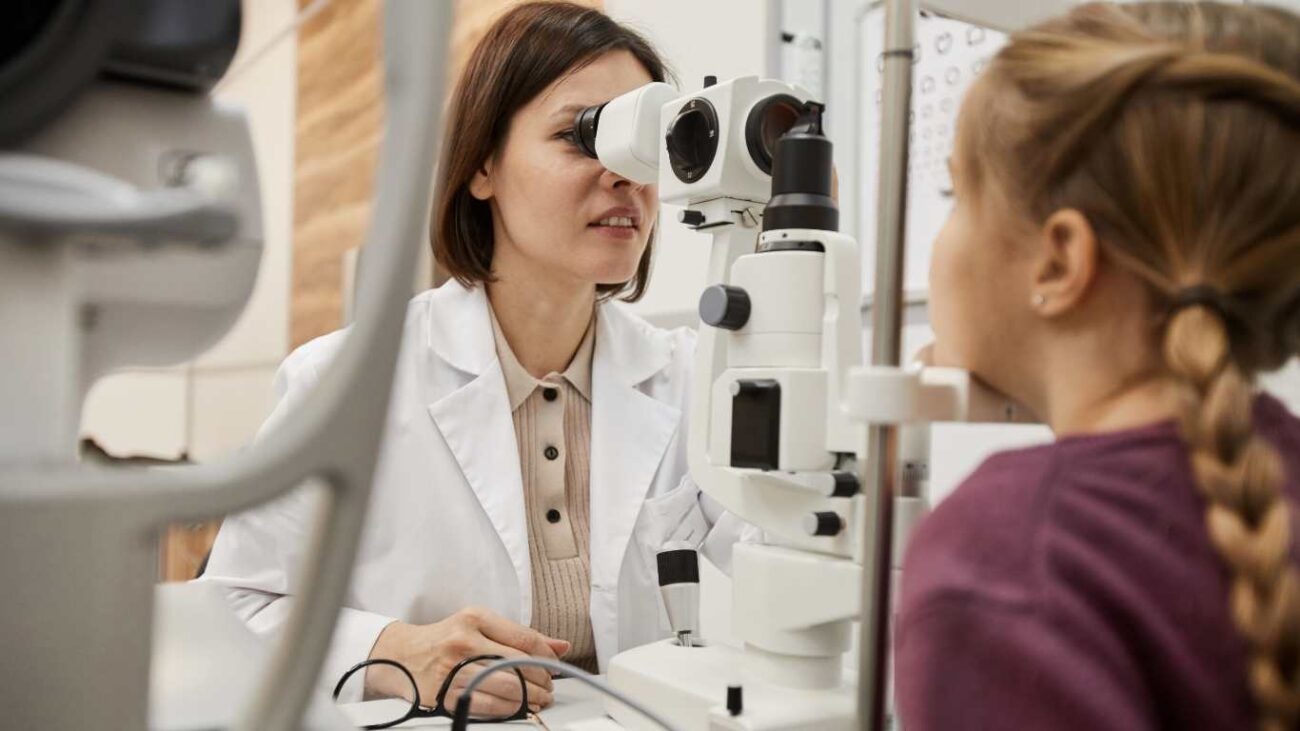
What is Vision Therapy?
Vision therapy is a specialized form of treatment designed to improve visual skills and alleviate problems. Unlike corrective lenses, which primarily address refractive errors, vision therapy targets the underlying causes of visual dysfunctions through a series of exercises and activities.
The principles of revolve around neuroplasticity, which is the brain’s ability to reorganize and adapt in response to sensory input. By engaging in structured exercises, individuals can strengthen visual pathways, enhance eye coordination, and improve focus and tracking abilities. Consequently, through these exercises, individuals can experience significant improvements in their visual function and overall quality of life.
Who Can Benefit from Vision Therapy?
It is suitable for individuals of all ages, from young children to older adults. Children with learning-related vision problems, strabismus, or amblyopia can benefit significantly from early intervention through . Likewise, adults experiencing visual discomfort, eye strain, or difficulties with reading and concentration may find relief and improvement through targeted therapy sessions.
The Process of Vision Therapy:
vision therapy begins with a comprehensive assessment by a qualified optometrist or vision therapist. Through various tests and evaluations, the practitioner identifies specific visual deficits and formulates a personalized treatment plan tailored to the individual’s needs and goals. Subsequently, therapy sessions typically involve a combination of in-office exercises and home-based activities. Patients are guided through a series of drills and techniques aimed at improving eye teaming, focusing skills, depth perception, and visual processing speed. As a result, individuals can gradually enhance their visual abilities and achieve better overall visual function.
Techniques and Exercises Used in Vision Therapy:
Vision therapy employs a diverse range of techniques and exercises to target specific visual skills. These may include eye tracking exercises using specialized equipment, vision drills incorporating sensory integration, and interactive computer-based programs designed to enhance visual processing abilities.
By engaging in regular practice and repetition, patients gradually develop stronger visual skills and experience improvements in areas such as eye coordination, visual memory, and spatial awareness.
Vision Therapy for Children:
Early intervention is key in addressing vision problems in children it offers a non-invasive and effective approach to treating conditions such as amblyopia (lazy eye), strabismus (eye misalignment), and visual processing disorders.
Through structured therapy sessions tailored to their developmental stage and individual needs, children can overcome obstacles to learning and achieve optimal visual function for academic success and overall well-being.
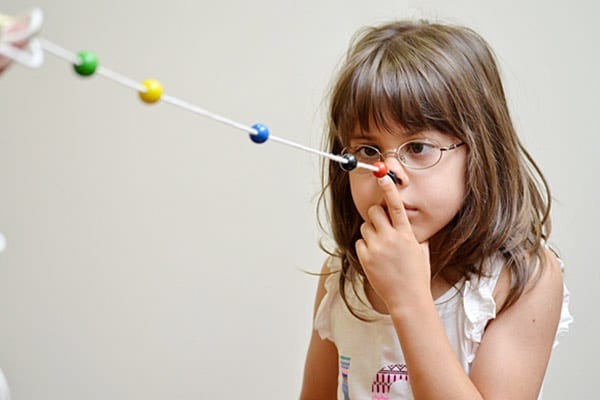
Vision Therapy for Adults:
Contrary to common misconception, vision therapy is not limited to children and adolescents. Many adults benefit from vision therapy to address visual discomfort, binocular vision problems, and issues related to prolonged screen time and digital device use.
In often report improvements in eye coordination, visual comfort, and efficiency in tasks requiring sustained focus and attention. Whether for professional pursuits or personal enjoyment, enhanced visual skills contribute to a better quality of life.
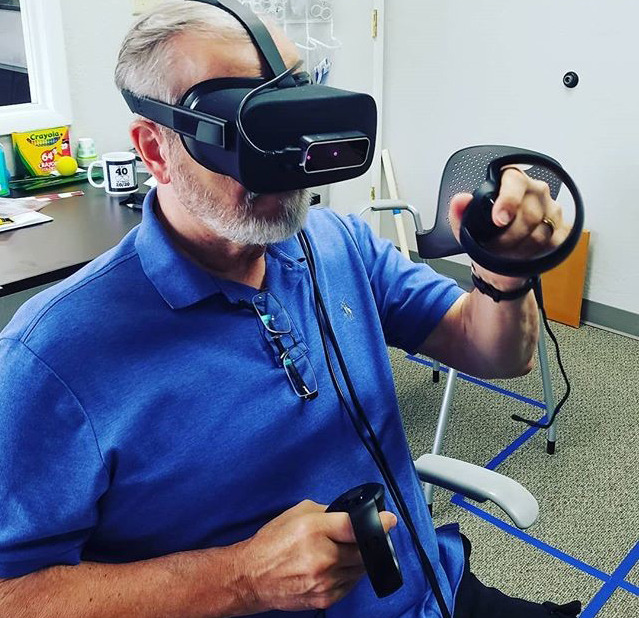
Benefits of Vision Therapy:
The benefits of vision therapy extend beyond improved eyesight. By targeting the root causes of visual dysfunction, vision therapy offers holistic improvements in visual skills, cognitive function, and overall performance. Some of the key benefits include:
- Enhanced eye coordination and tracking abilities
- Improved depth perception and spatial awareness
- Reduced eye strain and fatigue during near work tasks
- Better integration of visual information for learning and comprehension
Vision Therapy vs. Corrective Lenses
While corrective lenses provide essential refractive correction, they do not address underlying visual deficiencies. In many cases, individuals may benefit from a combination of corrective lenses and vision therapy to address both refractive errors and functional visual deficits effectively.
Success Stories and Testimonials:
The efficacy of vision therapy is evident in countless success stories and testimonials from patients of all ages. From children overcoming reading difficulties to adults improving productivity and comfort in the workplace, the transformative impact of vision therapy is profound and enduring.
The Role of Optometrists and Vision Therapists:
Optometrists and vision therapists play a crucial role in guiding patients through the vision therapy process. Through comprehensive evaluations, personalized treatment plans, and ongoing support, these professionals empower individuals to unlock their visual potential and achieve optimal outcomes.
Debunking Myths About Vision Therapy:
Despite its proven efficacy, vision therapy is sometimes met with skepticism and misconceptions. Common myths surrounding vision therapy include its perceived ineffectiveness, duration of treatment, and applicability to various vision problems.
Author Details:
Dr. Sushruth Appajigowda holds a prominent position as a Cornea, Cataract, Glaucoma, and LASIK Surgeon in Bangalore. He serves as the chief Cataract and Refractive surgeon at Vijaya Nethralaya Eye Hospital, Nagarbhavi Bangalore. Renowned as one of the finest LASIK surgeons nationwide, he brings with him over 12+ years of experience across multiple LASIK platforms, including ZEISS, ALCON, SCHWIND, AMO, and Bausch and Lomb. Having successfully conducted over 5000 LASIK procedures, Dr. Sushruth holds the title of a Certified Refractive Surgeon and a Fellow of the All India Collegium Of Ophthalmology. Furthermore, he stands as a distinguished speaker at various National and International Forums, using his expertise to guide you in selecting the most suitable procedure based on your health requirements.


